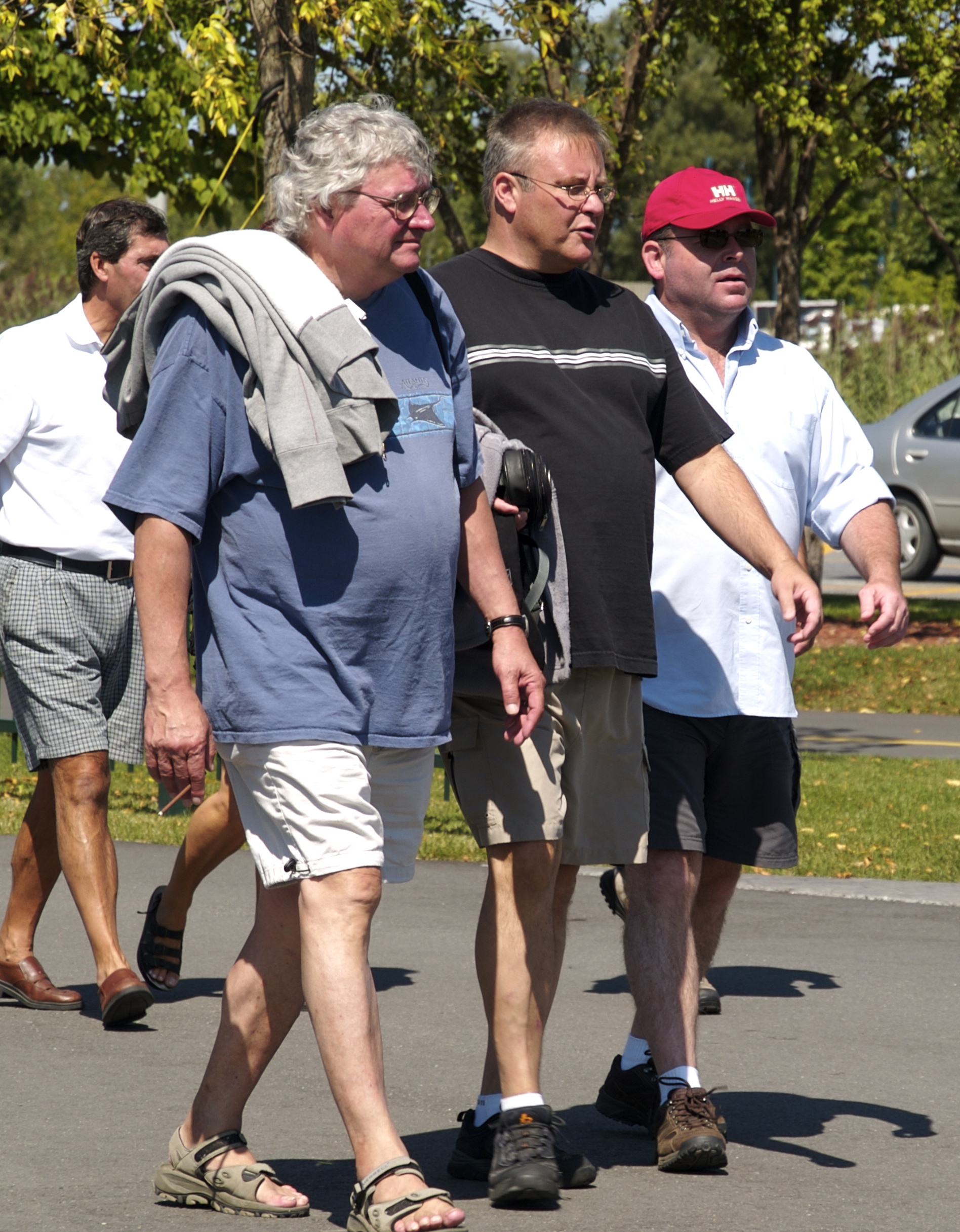Obesity is extremely prevalent in our society today. According to an October 2017 report by the Centers for Disease Control and Prevention, obesity rates in America have risen close to 40 percent for adults and 20 percent for adolescents. These high rates of obesity bring about higher risks of injuries and treatment costs.
Dr. Joey Johnson and Dr. Christopher Born of Brown University conducted a study in which they analyzed data from hospital patients. They concluded that as obesity rates go up, knee dislocation rates go up as well. Typically, knee dislocations occur during high-energy impacts such as car accidents or contact sports. However, the researchers observed that with obese people, knee dislocations were occurring with low-energy impacts such as stepping down from elevation. With the increased weight, obese individuals may be putting increased pressure on their lower extremities, magnifying their risk for injury.
Source: Hill Street Studios
In addition to knee dislocations, Johnson and Born discovered that with obese people, vascular injuries accompanied knee injuries at double the rate compared to with non-obese people. In other words, after suffering the knee dislocation, there was a higher risk of injury to the main artery supplying the knee with blood. This type of vascular injury is very severe if left untreated; the person could lose their leg because the blood supply is interrupted. Patients who ended up suffering a vascular injury ended up doubling both their time and cost for treatment in the hospital.
The take-home message is that obese people have to be extra careful when it comes to injuries. Given that they are at a higher risk for knee and vascular injuries, they should be vigilant in the activities they engage in and acutely aware of any pain they may experience. However, all the pressure does not fall on the patient; their physicians also have to be on the lookout for the symptoms and risk factors of obesity.
Feature Image Source: “Right Foot Forward” by Sandra Cohen-Rose and Colin Rose Follow










